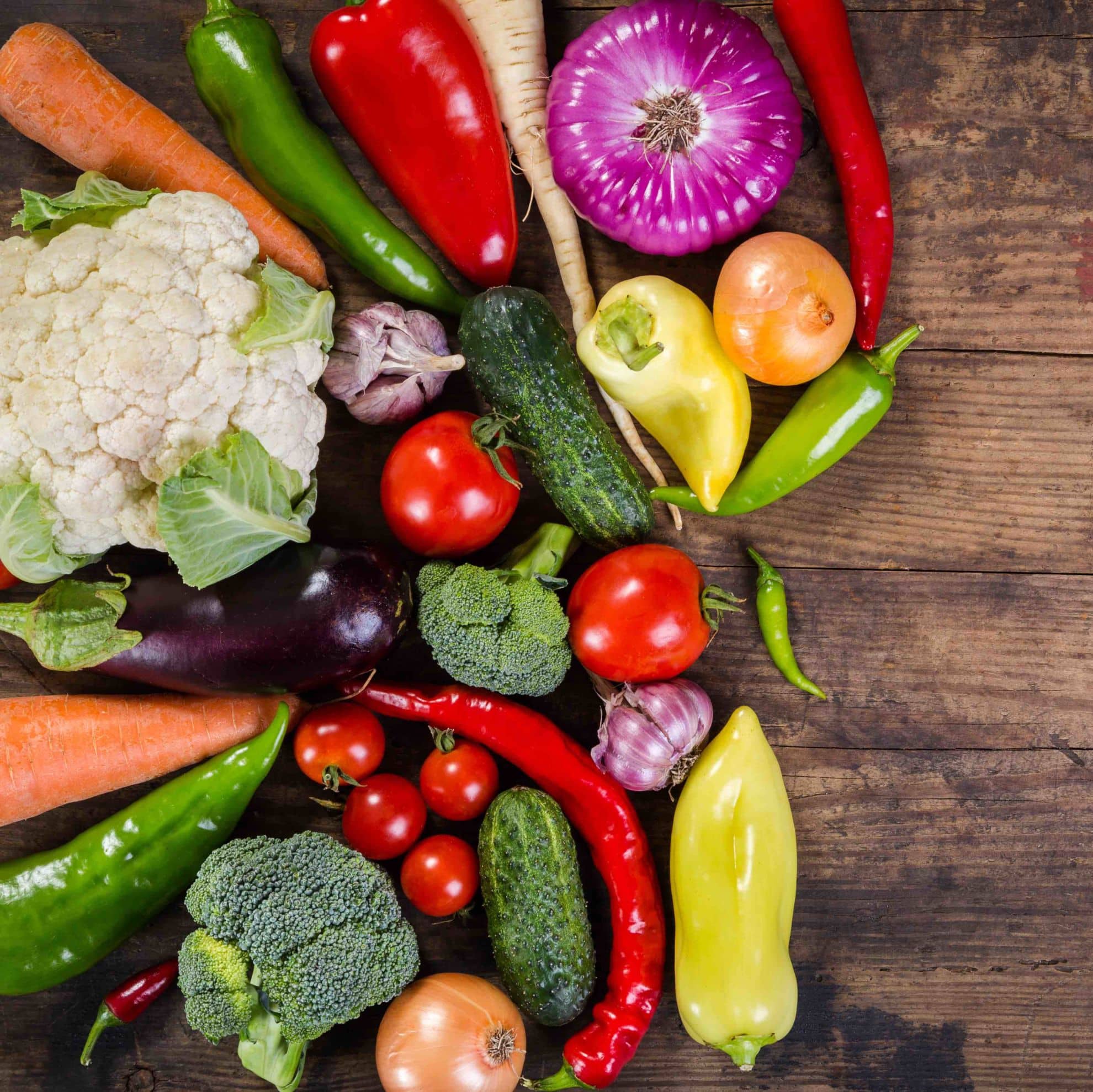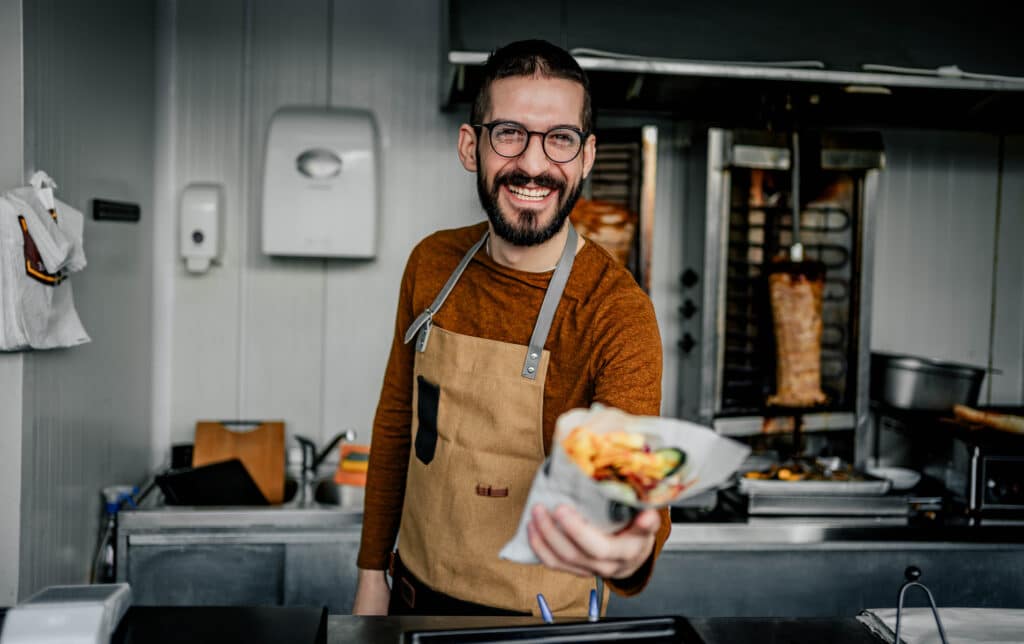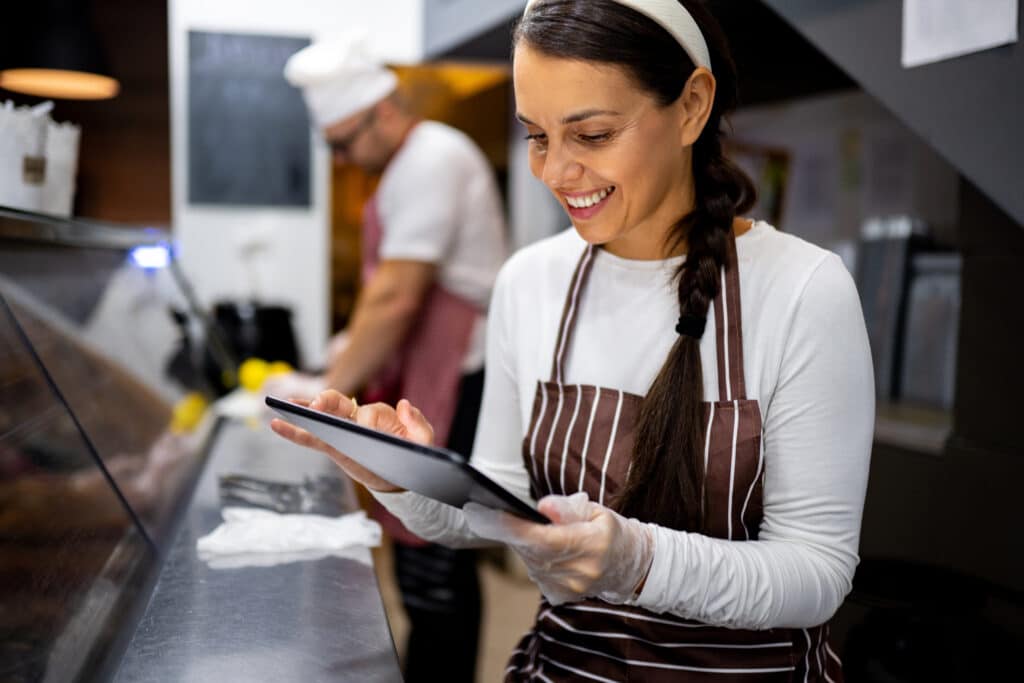What is restaurant prime cost?
Maximizing your restaurant’s profit depends on many different factors. While many restaurant owners focus on increasing total sales, in order to add to your bottom line, you also need to focus on decreasing costs.
Start with your restaurant’s prime cost, which makes up two of the biggest line items in your restaurant accounting budget. Knowing how to calculate prime cost helps you take control of your restaurant’s health and drive operational improvements.
Prime cost includes the products and the people that keep your restaurant in business. You can calculate your prime cost using the following prime cost formula:
Total Cost of Goods Sold + Total Labor Costs = Prime Cost
In addition, many restaurant operators contextualize their prime cost by comparing prime cost to total sales for a specific period of time, calculating prime cost percentage using this formula:
Prime Cost / Total Sales = Prime Cost as a Percentage of Sales
How to Find Prime Cost: What is the Prime Cost Formula?
To calculate prime cost, restaurant owners should be tracking two key metrics about restaurant operations.
Cost of Goods Sold (COGS) is the combined costs of food and beverage ingredients that were sold at your restaurant over a certain period of time.
COGS totaled takes into account the ingredients that make up your food and beverage sales, and related supplies (like napkins or coffee filters). It’s important to note that COGS doesn’t include one-time, non-inventory-related costs, like repairs for a broken oven, new barstools, restaurant decorations, or utility bills.
Because COGS tracks ingredients, an accurate COGS number depends on accurate inventory management figures in the equation below:
Starting Inventory + Additional Purchases – Ending Inventory = COGS
The other part of the prime cost equation covers the line items that make up your labor costs. Labor costs include the total wages your employees have earned during that specific period of time, payroll taxes, benefits, and insurance.
How to calculate prime cost in a restaurant
Let’s visualize these explanations with some numbers. Say you want to calculate your restaurant’s prime cost for one week of business. You’d start with calculating the following costs:
COGS:
Starting Inventory ($12,000) + Purchases ($3,000) – Ending Inventory ($9,000) = COGS ($6,000)
Labor:
Employee Wages + Taxes + Benefits + Insurance = Total Labor Cost ($6,000)
With these figures in mind, you can now calculate the metrics that tell you about the “bigger picture” health of your business.
Prime Cost:
COGS ($6,000) + Labor ($7,000) = Prime Cost ($13,000)
Prime Cost Percentage of Sales:
Prime Cost ($13,000) / Total Sales ($22,000) = 59.1%
What Prime Cost Should You Be Aiming For?
Prime cost percentage fluctuates based on the type of restaurant. Quick service restaurants have lower food and labor cost percentages than full-service restaurants, and fine dining establishments tend to have higher labor cost percentages day to day. The mix of product sales, pricing, operating hours, and level of food and service can impact both your food and labor costs, thus affecting your prime cost target calculations by a few percentage points.
But generally, the prime cost of a successful, sustainable restaurant business is approximately 60% of your total food and beverage sales. A full-service restaurant will run a slightly higher prime cost (60-65%) than a quick service restaurant (55-60%).
Your restaurant’s prime cost can change over time, especially if your restaurant is subject to seasonal fluctuations. However, ultimately, your restaurant accounting will benefit from consistency in prime cost. If your operations are running efficiently, and you have a prime cost percentage within the standard ranges, your business should be humming along with a healthy bottom line.
But even within the industry-standard ranges, there is always room for improvement. Once you know your prime cost, consider following a “SMART” goal guideline, making your prime cost target goal specific, measurable, attainable, realistic, and time bound. Rather than just aiming to lower your prime cost percentage, set a goal like, “decreasing the prime cost percentage from 61% to 59% in the next four months.” Once you hit your target, lower it by another percentage point, and then another, continuing to improve your operations.
Why Prime Cost is Important in Accounting
Prime cost is usually the largest expense of a restaurant, which means that if you can lower your prime cost, you are directly increasing your bottom line.
Significantly, prime cost is made up of the areas that can be controlled by restaurant owners and restaurant management. While some restaurant operational costs may be unalterable, like your monthly rent or utility rates, your prime cost is both measurable and flexible.
However, once you know your prime cost, don’t stop there – use your prime cost numbers to decide where to streamline your business.
While a few extra hours on the payroll may not seem like it will put you out of business, over time, these excess labor costs add up to directly take away from your bottom line. And while small amounts of food waste may not seem significant day to day, controlling food costs can significantly impact your restaurant budget.Knowing your restaurant’s prime cost can drive you to make improvements controlling inventory, minimizing food waste, leveraging menu engineering, and optimizing labor costs through smarter scheduling. While you don’t want to compromise food quality or customer service, you can create significant efficiencies in many different areas of your food and labor cost.
Data-driven restaurant owners track prime cost consistently and as often as they can. Calculating your prime cost once a year, or only once a quarter, gives you a snapshot of your operations without providing the full picture. By rarely making the prime cost calculation, you’ve missed weekly opportunities to increase profits by trimming unnecessary food and labor costs.
Tracking prime cost monthly helps you make informed adjustments about menu prices, inventory, and scheduling. In analyzing your prime cost, you can accurately and confidently create a strategy for tackling food and labor cost control.
Comparing Prime Cost
Many different factors go into determining your COGS and labor, making the breakdown of these costs unique to your restaurant and your operations.
While industry standards are helpful to consider, you should consider your unique restaurant when determining a benchmark prime cost target. Instead of comparing your prime cost to other restaurants, compare your prime cost performance to your benchmark goal weekly, monthly, or yearly.
How to Keep Prime Cost Low
In order to understand your prime cost, the most important first step is to track prime cost components regularly. This process can be time consuming and error prone when done by hand, so consider automating data collection and reporting using a comprehensive restaurant management platform with POS integration.
Once you have figures for your prime cost, look at what areas can benefit the most from efficiencies. You may want to consider addressing the variance between theoretical vs. actual food costs, or optimize your labor spend by cross training employees or using smart scheduling based on sales forecasts. Evaluating suppliers and vendor pricing through AP Automation and receiving reports can also help you control food costs, minimizing your prime cost.
Conclusion
Understanding how to calculate prime cost in a restaurant can ensure you are getting the most out of your two biggest costs: food and labor. By taking control of your restaurant’s prime cost, you are adding money back to your bottom line.
If you would like to easily track your inventory and labor costs to gain insight into your operations, consider a comprehensive, restaurant-specific inventory management solution. With Restaurant365 you can save on food and labor costs by making adjustments in the moment, based on completely up-to-date information. Restaurant365 incorporates restaurant accounting software and restaurant operations software into an all-in-one, cloud-based platform that’s integrated with your Point-of-Sale system, as well as to your food and beverage vendors, payroll vendor and bank.
For 10 tactics you can start implementing today to reduce your prime cost, download our prime cost e-book, Guide to Reducing Restaurant Prime Cost.



